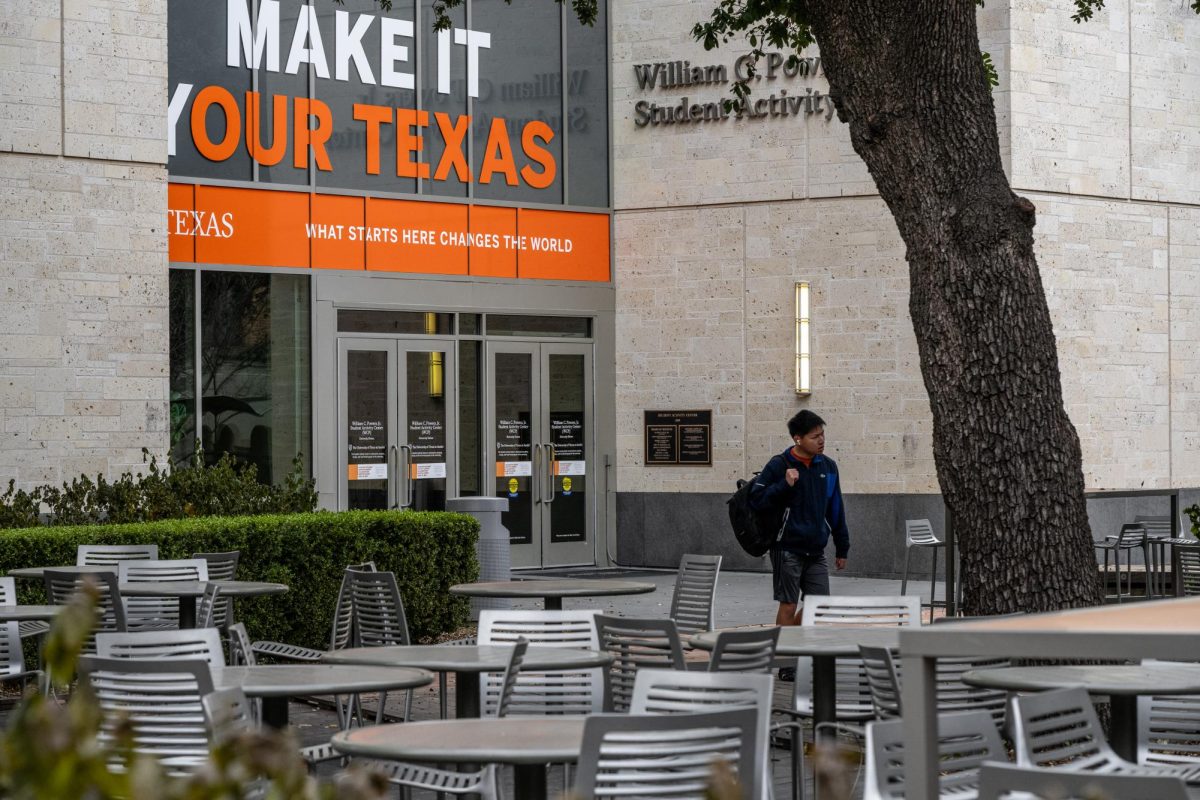Austin city officials planned to send 20 percent less waste to landfills by 2012 but have already surpassed this goal ahead of schedule.
The master plan calls for an overall reduction of waste sent to landfills by 2040 and was developed in response to the United Nations Environmental Accord’s urban waste reduction plan in 2005. Through recycling and reusing materials otherwise discarded, officials involved in the Austin Zero Waste Plan are striving to reduce trash accumulation by 90 percent during the next 29 years. City officials established a goal of 20 percent reduction of waste sent to landfills by 2012, but as of 2011, the city has already superseded its goal by 18 percent.
“The way you can do it is to start moving from more of a consumption mindset in sending materials to the landfill to recycling materials and turning them into resources,” said Jennifer Herber, Austin Resource Recovery spokeswoman. “It’s about recycling, composting and finding other uses for these things.”
Herber said the master plan includes encouraging area residents to donate unwanted yet usable household items to thrift stores or charities that may be able to find a place for them. Herber said the “reuse plan” keeps materials with virtually nothing wrong with them from taking up space in landfills.
“I think our city has always been very green-minded,” Herber said. “We have a very aggressive plan to get to zero waste, and people support that.”
Many Austin residents have turned to compost systems, Herber said, in addition to recycling.
Director of sustainability Jim Walker said the UT recycling program has “made leaps and bounds” during recent years, as the department placed numerous on-campus sorting and recycling bins during the past year.
Walker said UT recycles half of all paper used on campus that would otherwise end up in a landfill.
“We primarily recycle paper and generate more paper than the city residential program does,” Walker said. “We are constantly improving how we gather cans and plastics and glass, but we just don’t generate that much glass.”
Austin Resource Recovery director Bob Gedert said the recent decision to phase out plastic retail shopping bags will allow the city to continue to reach its 2040 goal. Gedert said despite hearing from residents who reuse the bags, the actual number of bags reused and recycled is about 10 percent.
“If you’re not reusing [a bag] it generally has a 14-minute lifespan,” Gedert said. “The zero waste plan counters that lifestyle. Zero waste demands a longevity lifestyle from products where they have a second life and more reuse or recycling opportunities.”




















